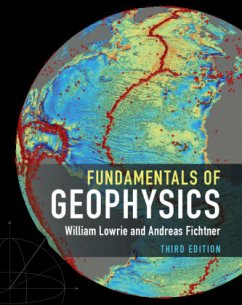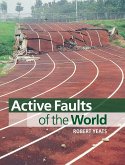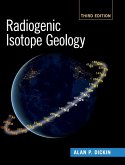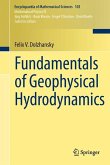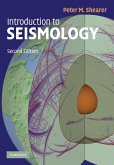This enduringly popular undergraduate textbook has been thoroughly reworked and updated, and now comprises twelve chapters covering the same breadth of topics as earlier editions, but in a substantially modernized fashion to facilitate classroom teaching. Covering both theoretical and applied aspects of geophysics, clear explanations of the physical principles are blended with step-by-step derivations of the key equations and over 400 explanatory figures to explain the internal structure and properties of the planet, including its petroleum and mineral resources. New topics include the latest data acquisition technologies, such as satellite geophysics, planetary landers, ocean bottom seismometers, and fibre optic methods, as well as recent research developments in ambient noise interferometry, seismic hazard analysis, rheology, and numerical modelling - all illustrated with examples from the scientific literature. Student-friendly features include separate text boxes with auxiliary explanations and advanced topics of interest; reading lists of foundational, alternative, or more detailed resources; end-of-chapter review questions and an increased number of quantitative exercises. Completely new to this edition is the addition of computational exercises in Python, designed to help students acquire important programming skills and develop a more profound understanding of geophysics.
'An impressive overview of key geophysical concepts and the most recent advances. It strikes a unique balance in presenting the history, application, and quantitative theory necessary to understand the structure and dynamics of the Earth and terrestrial planets.' Del Bohnenstiehl, North Carolina State University

